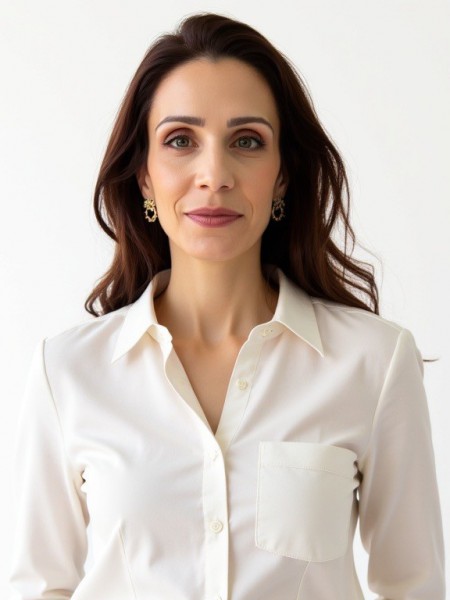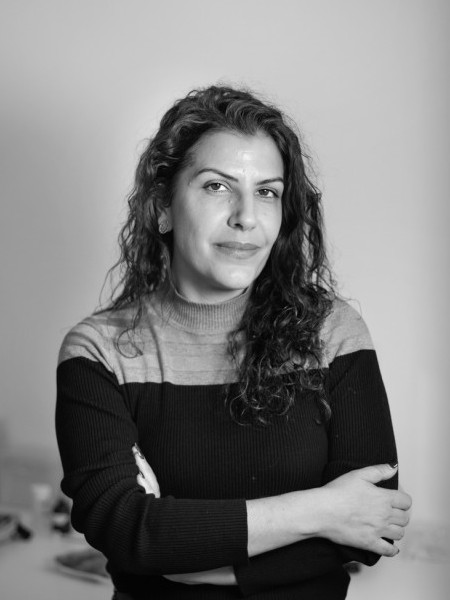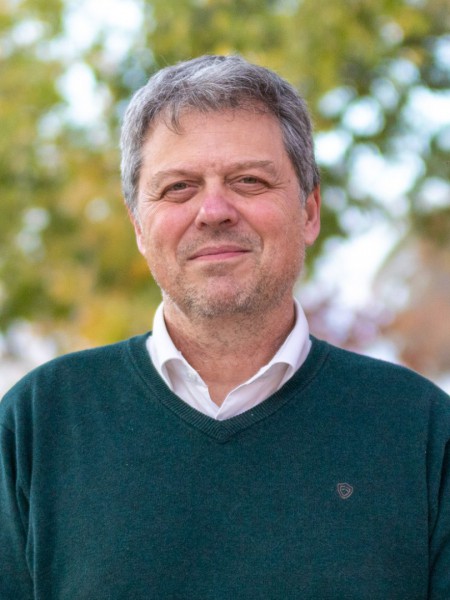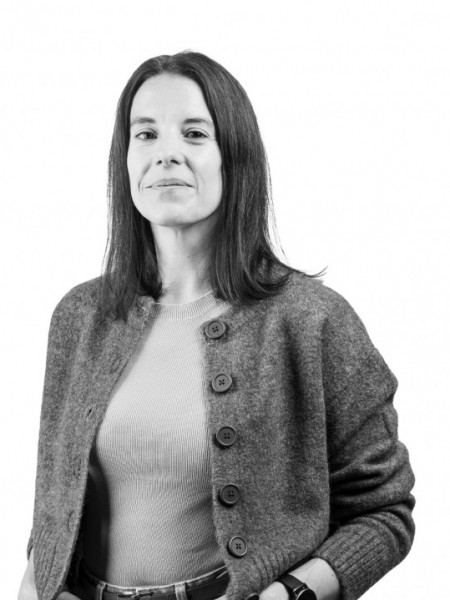resumo
One of the foremost targets in the advancement of biomaterials to engineer vascularized tissues is not only to replicate the composition of the intended tissue but also to create thicker structures incorporating a vascular network for adequate nutrients and oxygen supply. For the first time, to the best of current knowledge, a clinically relevant biomaterial is developed, demonstrating that hydrogels made from the human decellularized extracellular matrix can exhibit robust mechanical properties (in the kPa range) and angiogenic capabilities simultaneously. These properties enable the culture and organization of human umbilical vein endothelial cells into tubular structures, maintaining their integrity for 14 days in vitro without the need for additional polymers or angiogenesis-related factors. This is achieved by repurposing the placenta chorionic membrane (CM), a medical waste with an exceptional biochemical composition, into a valuable resource for bioengineering purposes. After decellularization, the CM underwent chemical modification with methacryloyl groups, giving rise to methacrylated CM (CMMA). CMMA preserved key proteins, as well as glycosaminoglycans. The resulting hydrogels rapidly photopolymerize and have enhanced strength and customizable mechanical properties. Furthermore, they demonstrate angio-vasculogenic competence in vitro and in vivo, holding significant promise as a humanized platform for the engineering of vascularized tissues.
palavras-chave
DECELLULARIZED EXTRACELLULAR-MATRIX; REGENERATIVE MEDICINE; IN-VITRO; NETWORK FORMATION; STEM-CELLS; HUMAN TERM; COLLAGEN; LAMININ; ECM; MATURATION
categoria
Science Citation Index Expanded (SCI-EXPANDED)
autores
Martins, EAG; Deus, IA; Gomes, MC; Silva, AS; Mano, JF; Custódio, CA
nossos autores
Projectos
CICECO - Aveiro Institute of Materials (UIDB/50011/2020)
CICECO - Aveiro Institute of Materials (UIDP/50011/2020)
Associated Laboratory CICECO-Aveiro Institute of Materials (LA/P/0006/2020)
Human based bioinks to engineer physiologically relevant tissues (HumanINK)
agradecimentos
Portuguese Foundation for Science and Technology (FCT) [SFRH/BD/05665/2021, SFRH/BD/05271/2021]; FCT [CEECIND/2021.02196, CEECIND/2020.01647]; National Funds through the FCT/MCTES (PIDDAC) [UIDB/50011/2020, UIDP/50011/2020, LA/P/0006/2020]; European Union; European Research Council (ERC); project 'TETRISSUE' [PTDC/BTM-MAT/3201/2020]; European Research Council (ERC) [101082210, 883370] Funding Source: European Research Council (ERC)







